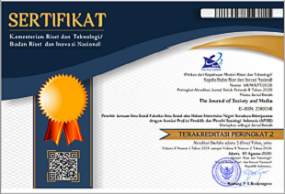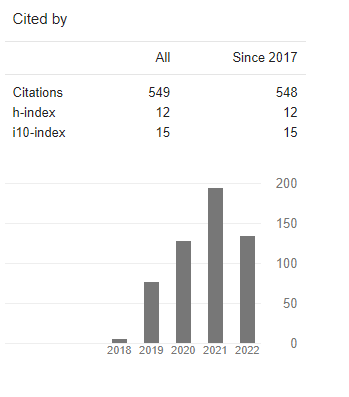A Generational War Is Launched with the Birth of Ok Boomer in the Digital Age
DOI:
https://doi.org/10.26740/jsm.v4n1.p1-15Keywords:
ok boomer, baby boomer, diffusion, generational war, hashtagAbstract
This study examined the phenomenon of "Ok Boomer" in the United States. The term Ok Boomer gained gained widespread recognition as a symbol of a generational conflict between "Ok Boomers" and "Baby Boomers.". While previous research has primarily examined racial and gender tensions, this study introduced a new phenomenon of the generational conflict between "Ok Boomers" and "Baby Boomers," in which social media-originated the term Ok Boomer and traditional media diffused it with framed meaning. Using Diffusion of Innovation theory, the study analyzed data from social media and traditional media sources to understand how the term became a viral catchphrase, hashtag, noun cluster, or trend resulted in attracting a massive amount of media and public attention. Four themes were identified as contributing to the public recognition of "Ok Boomer" as an innovation: collaboration of social media and traditional media, public figures' involvement for debate; contentious social issues, and media-framed agenda, with Node XL, Google Trends, and Nexus Nexis for data gathering and analyses. In sum, this study argues that the term Ok Boomer symbolizes the advent of a generational war in society in line with the long-standing race and gender wars in media coverage
References
|
Rogers, E. 1962. The Diffusion of Innovations. New York: The Free Press of Glencoe Division of the Macmillan Company.
Downloads
Published
How to Cite
Issue
Section
License
Copyright (c) 2020 The Journal of Society and Media

This work is licensed under a Creative Commons Attribution 4.0 International License.
 Abstract views: 2513
,
Abstract views: 2513
, PDF Downloads: 3637
PDF Downloads: 3637












